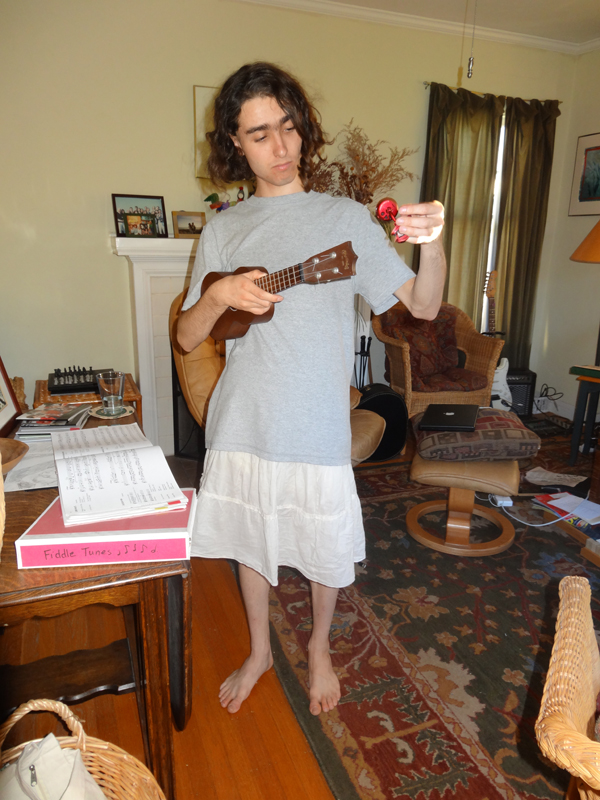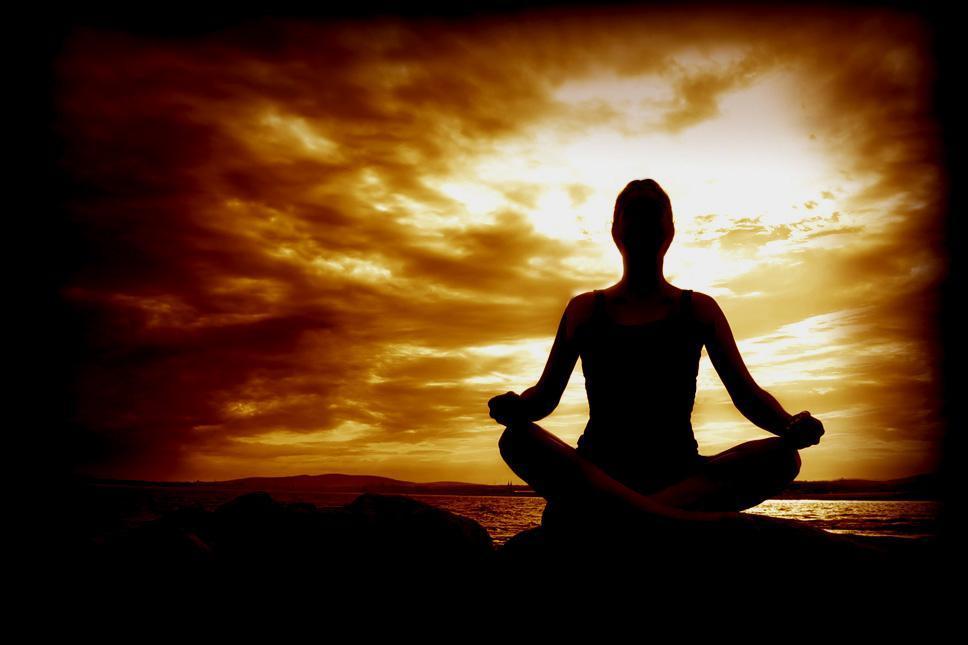A student in the meditation class I lead once asked how I could reconcile the truth of impermanence with being married. Since nothing is permanent, how can you take a vow to stay with someone for better or worse, all the days of your life?
My answer was that impermanence doesn't mean that nothing lasts -- it means that nothing stays the same. There is no solid, permanent, singular self, and no solid, permanent, unchanging marriage.
My spouse and I have been married for 33 years, as of Oct. 25. Neither of us is the person we were then, back in our early 20s. I can't speak for him on this, but I would not have wanted to be forever 23, even young and in love and pooling our pocket change to buy dinner on Friday nights, romantic as that was. We've changed, the world has changed, the conditions of our lives have changed.
And so it goes.
Autumn is an absolute reminder of the truth of impermanence -- here in New England, the leaves are on fire, sharp tongues of gold and red reaching into an azure sky, until they let go and drift to the ground. We rake them, grudgingly, and drag them to the compost pile to decompose, creating food for future vegetable plants.
And so it goes for us humans, like it or not. We grow, we bloom, we endure dark days, cold days, and we wait for the sun. We change with conditions. We persevere. And someday, we'll drop. All earthly relationships end some day.
So why get married? You might as well as ask, why live? Why get out of bed? The day will end too, but we usually start it, often in the morning. Life will end, and we yet we continue to live it. Everything is impermanent, and yet things come into existence.
I am not the woman I was back then, and he's not that man. Our relationship's not the bright, shiny, untested, brand-spanking-new marriage it was in 1980. It's something different. It's been myriad relationships -- spouses, parents, adult children, caregivers, cared for, empty-nesters, full-lifers -- and that's how it lasts.
Accepting impermanence is key to staying married, actually. It's only by knowing that your relationship will change, your partner will change, your life conditions will change that you can stay. All of that will happen, of course, and if you fight it, if you cling to where it is at one stage or to an ideal of how it should be, it will fail.
People ask me what the secret to a long marriage is. I don't know, but I would say it's being willing to let it be new, not keeping track of how long it's been. It's seeing the person who's in front of you now, not the one who was waiting at the altar. Being willing to let them grow. And being willing to grow yourself. It may be that you grow apart; it may not.
It's impossible to live in that space all the time, especially when you're living in a household as well as a relationship. It's easier to see the other person as a role than a human -- isn't it the husband's job to mow the lawn? Change the lightbulbs? Wasn't it your turn to buy groceries? Fold laundry? That's especially true when there are other beings involved -- parents, children, pets, bosses, neighbors, friends -- and you can't find the energy to just be. Or that's how it feels.
The marriage part, the vow, is about sticking it out through those times and coming back, finding your new breath, finding your new partner. Trusting in the form so that you can rest in the emptiness, the space of possibility and acceptance.
The wedding ring that drew my meditation student's attention? It's not a wedding ring. That ring hasn't fit on my finger for years. I wear a claddagh ring; I wish I could say I'd gotten it in Ireland, but I lost that one, and this is a replacement from a jewelry store in town. My husband lost his original wedding ring and quit wearing the replacement one years ago.
The rings aren't important. Seeing the human who is or isn't wearing one is what matters.







































